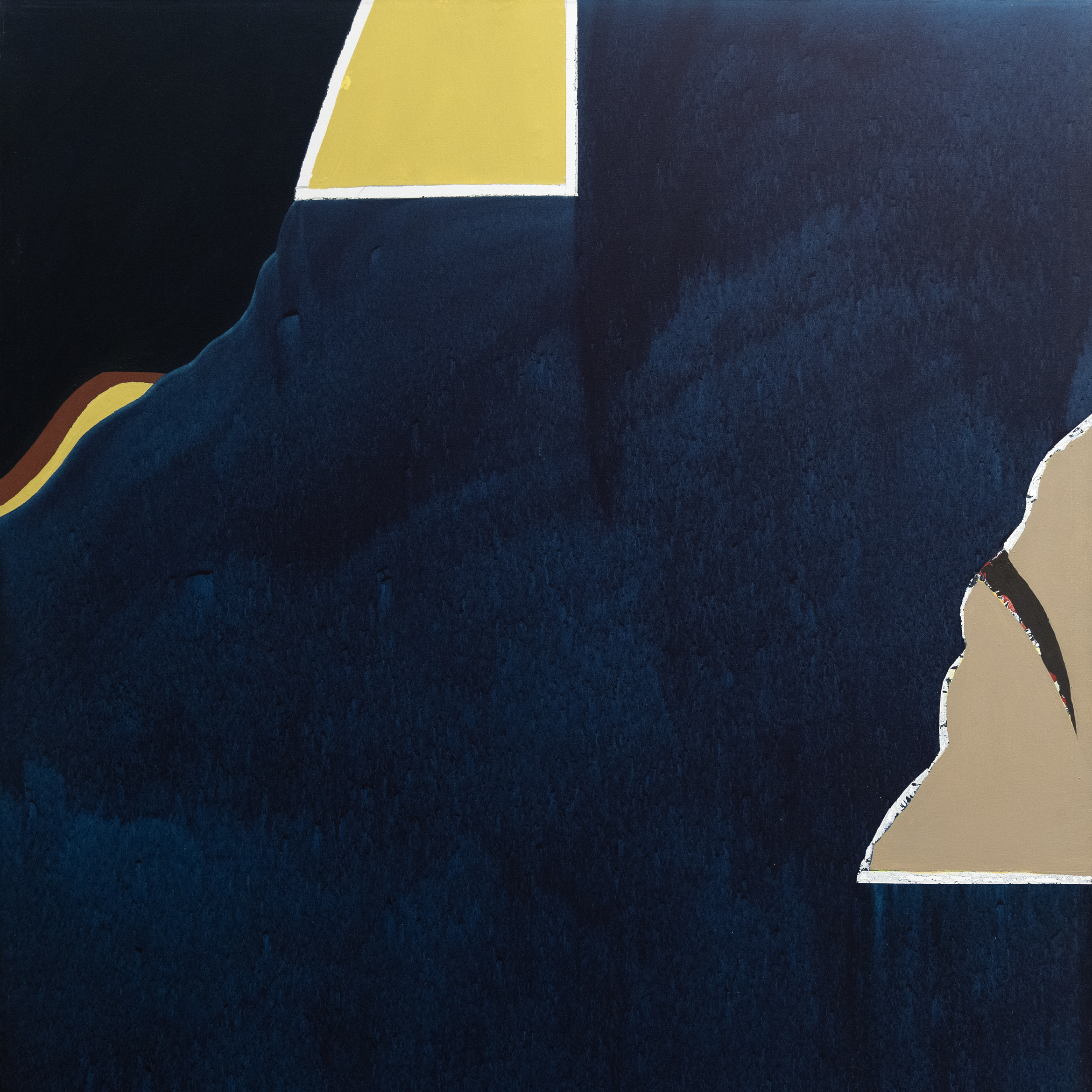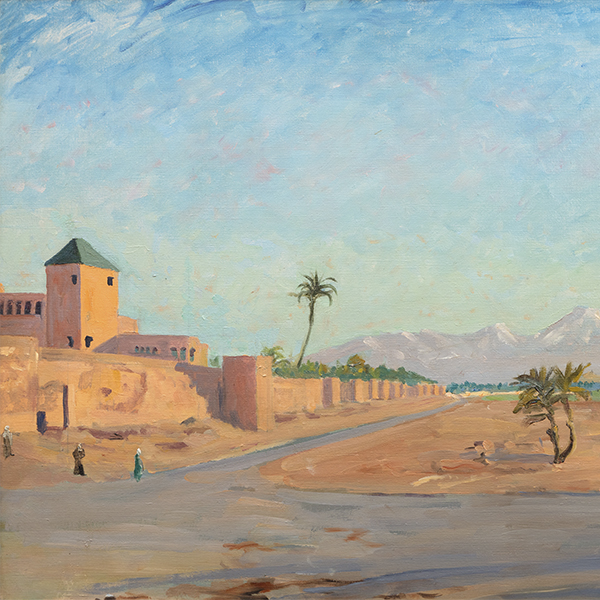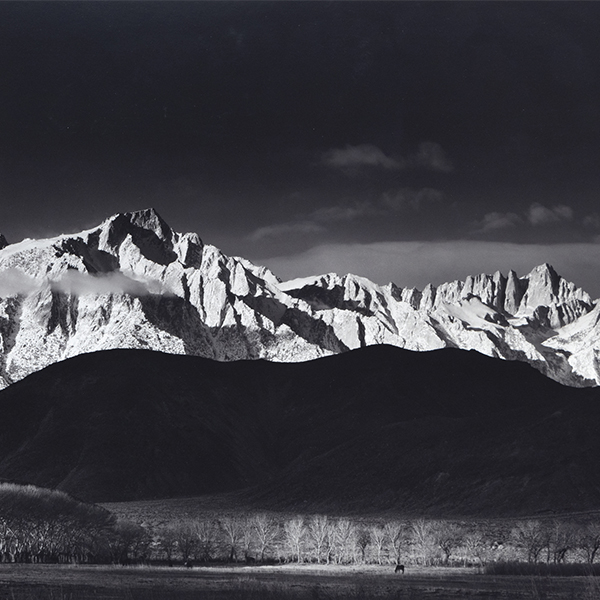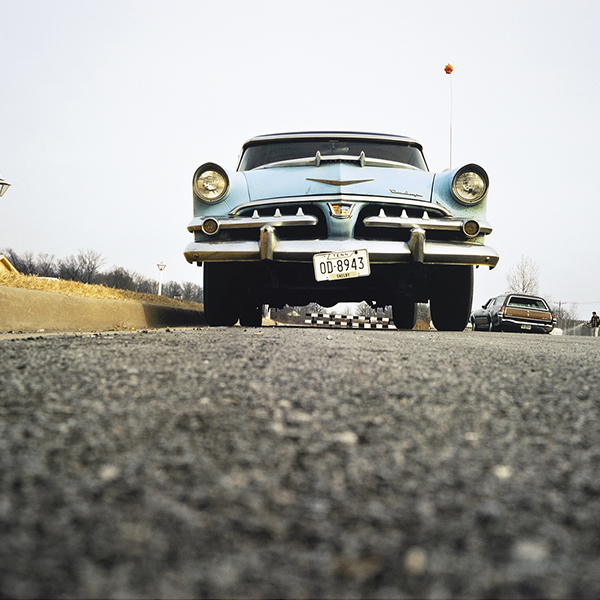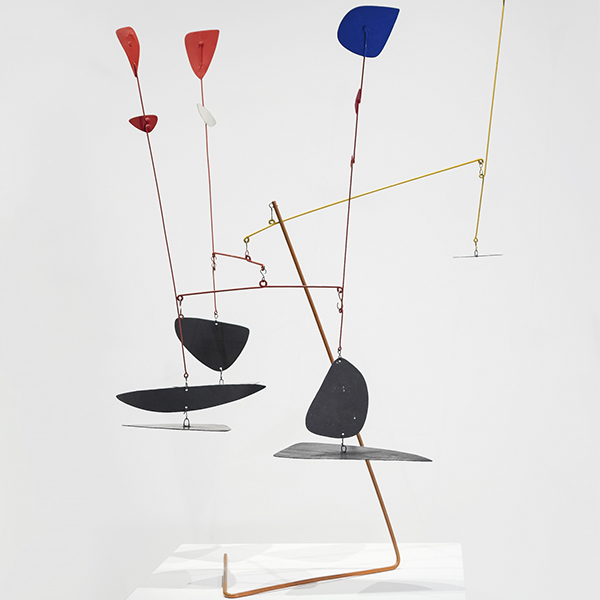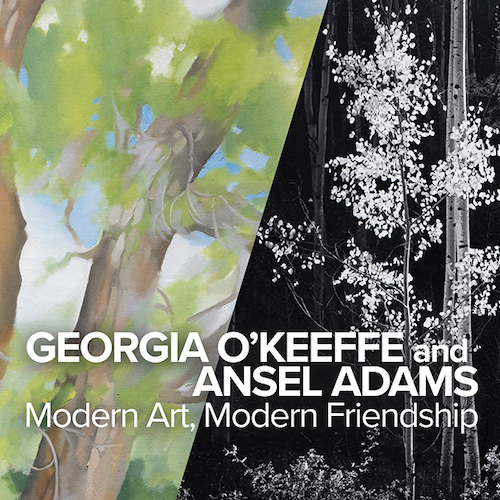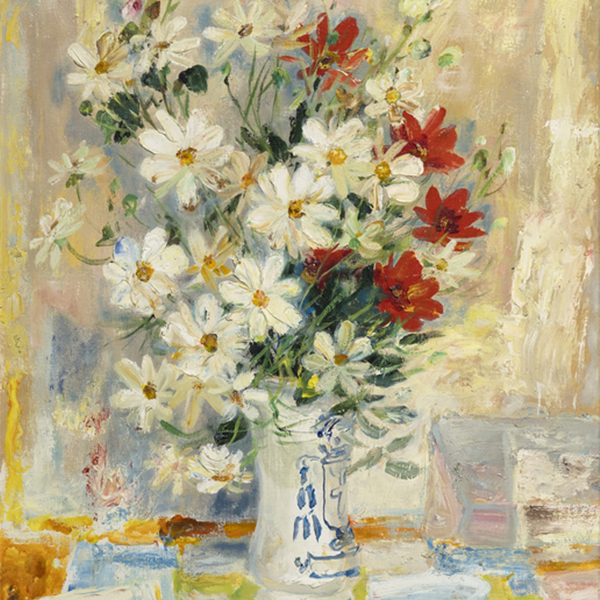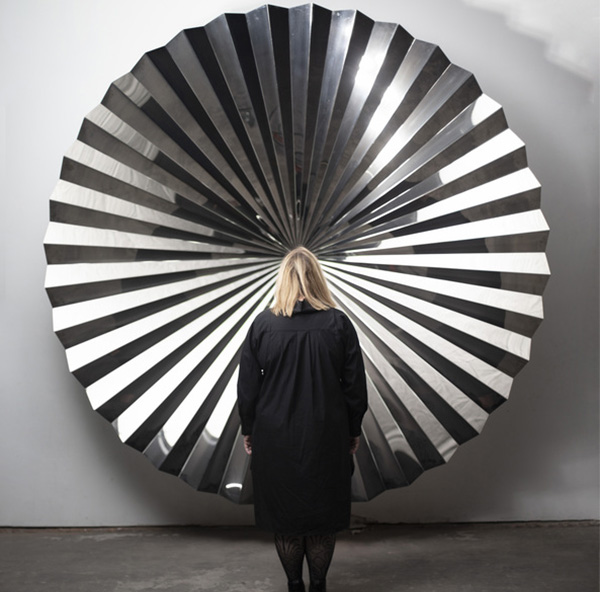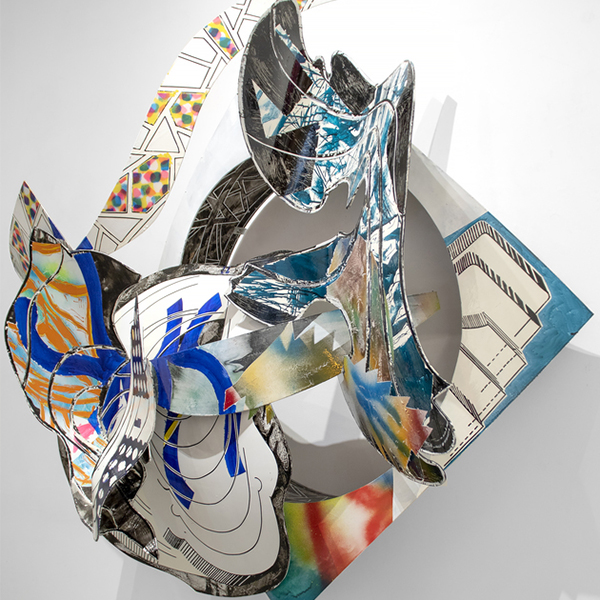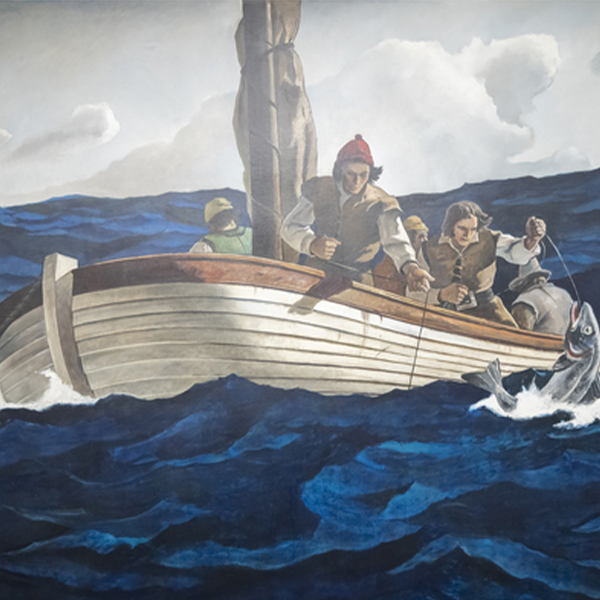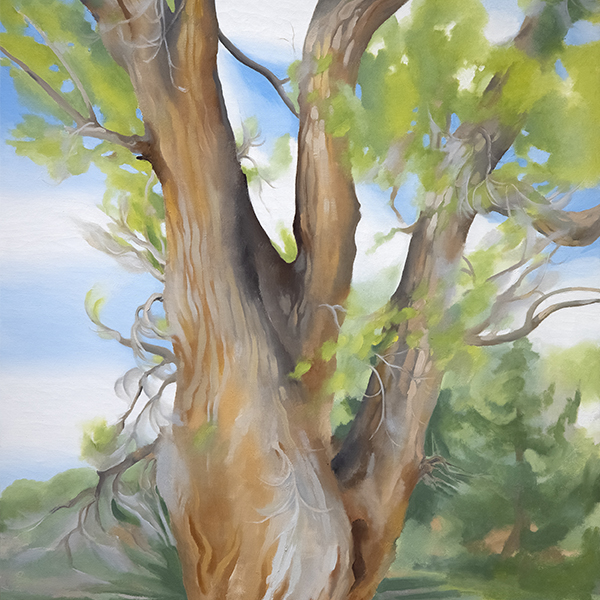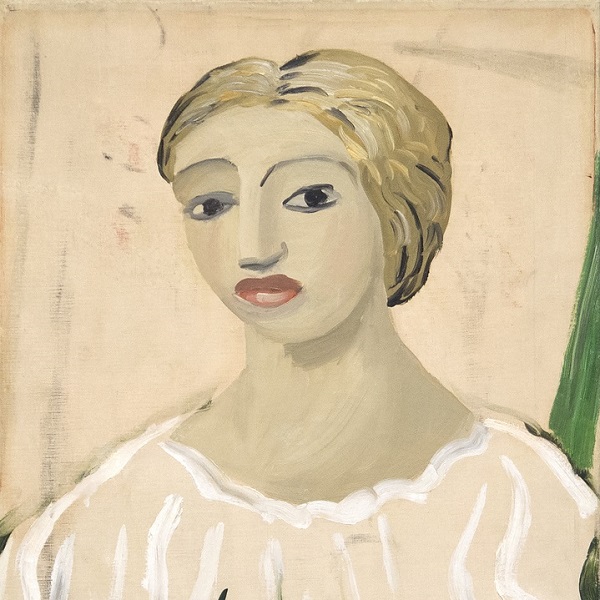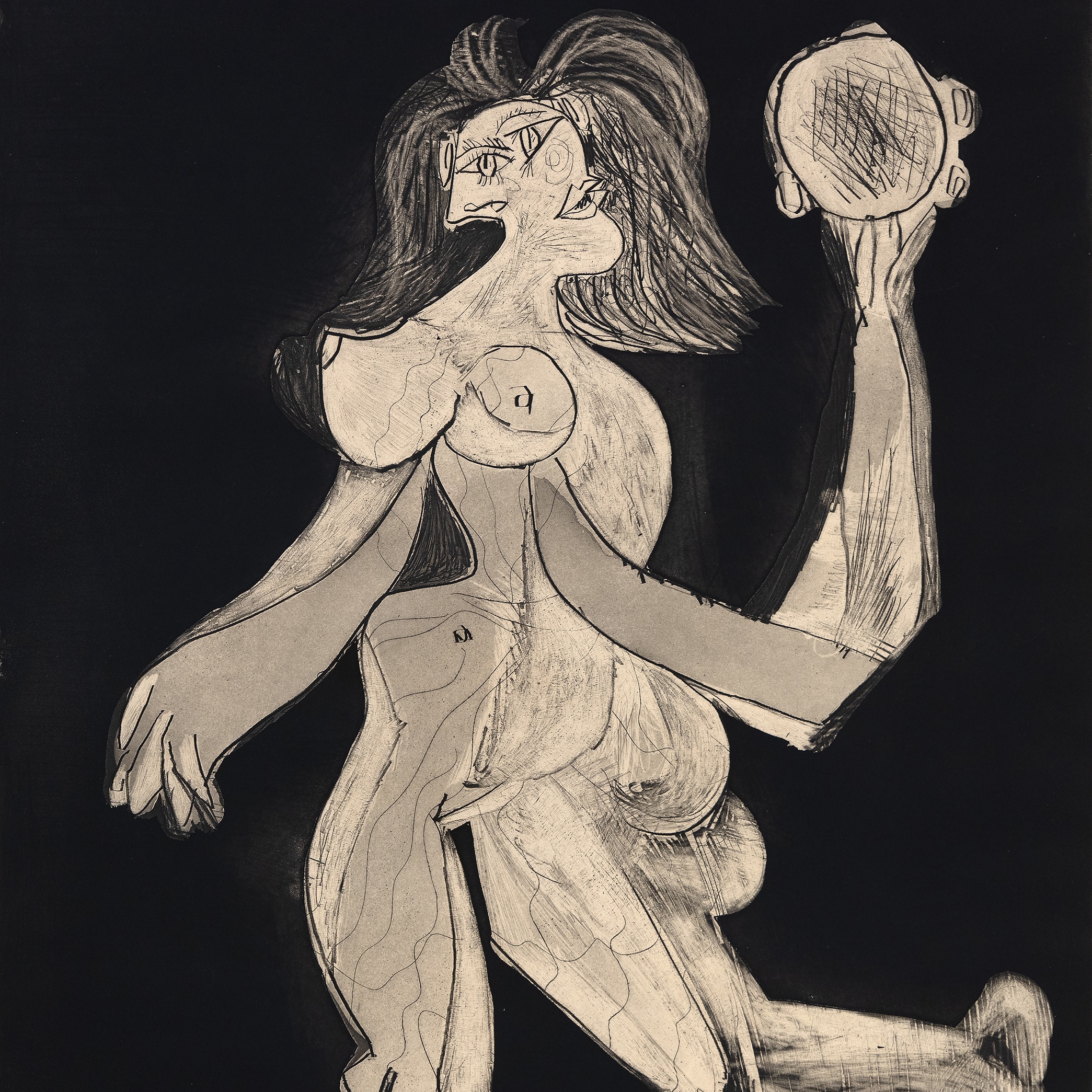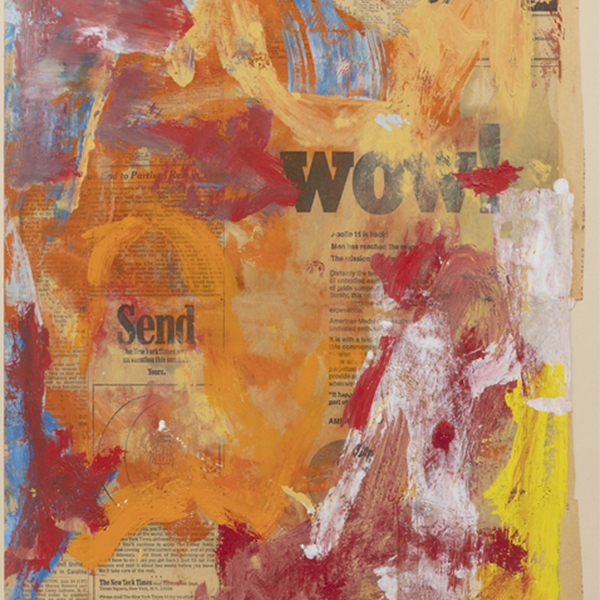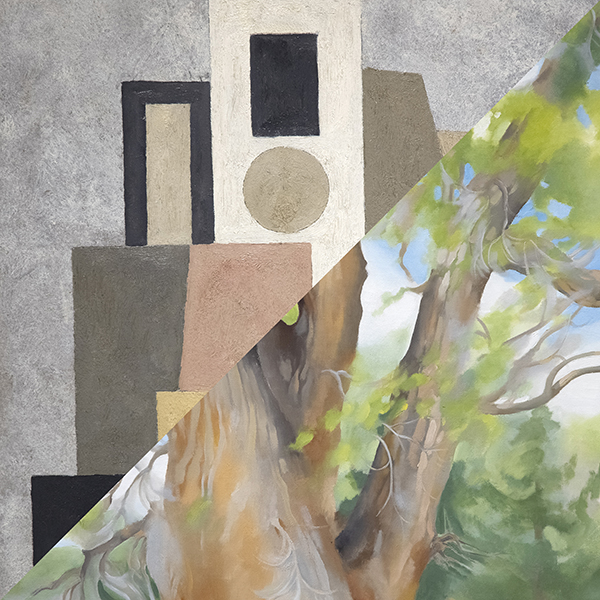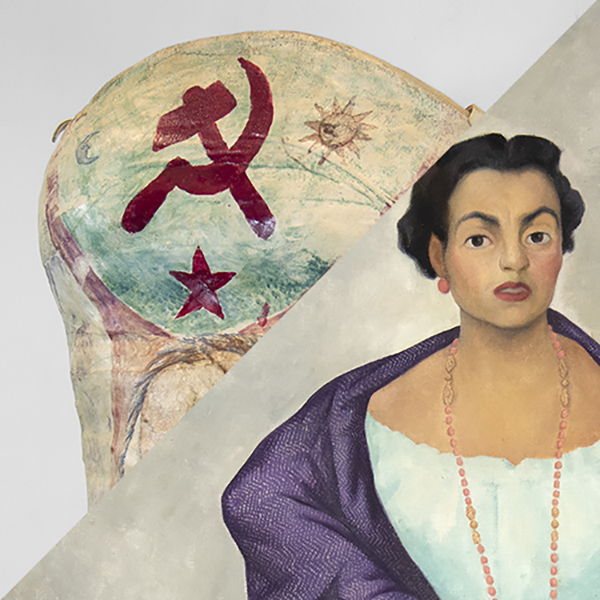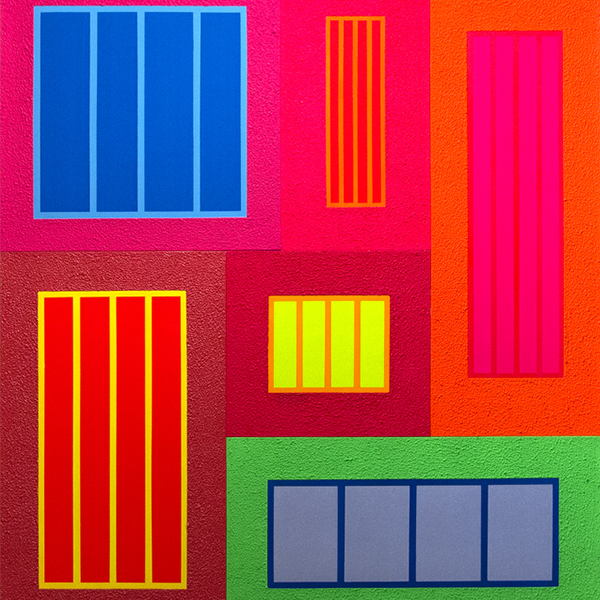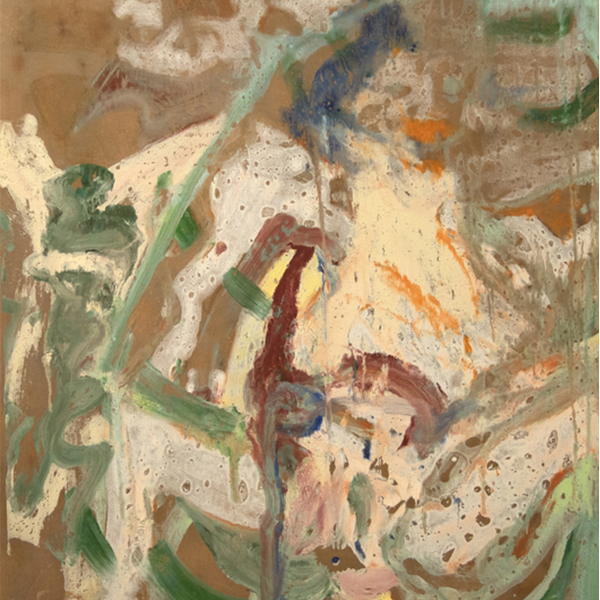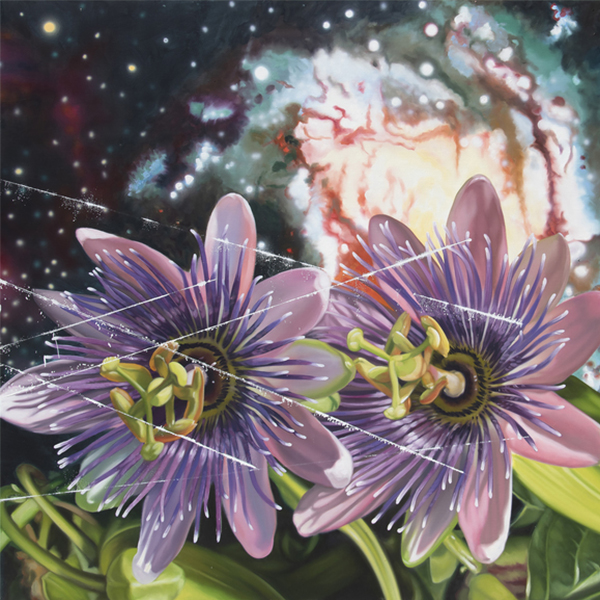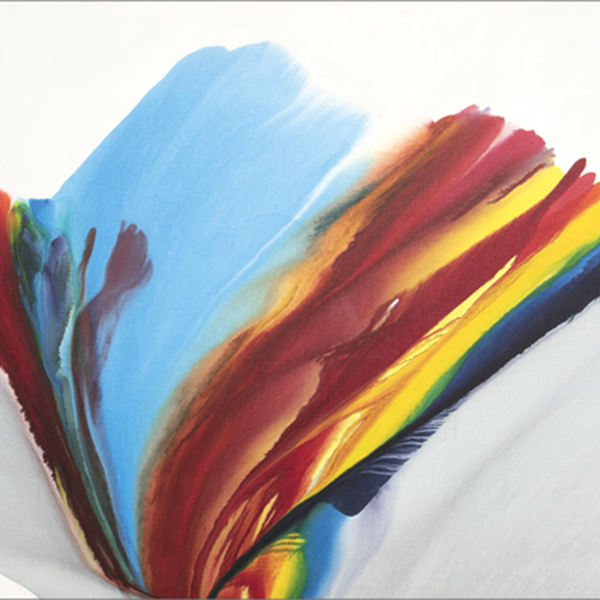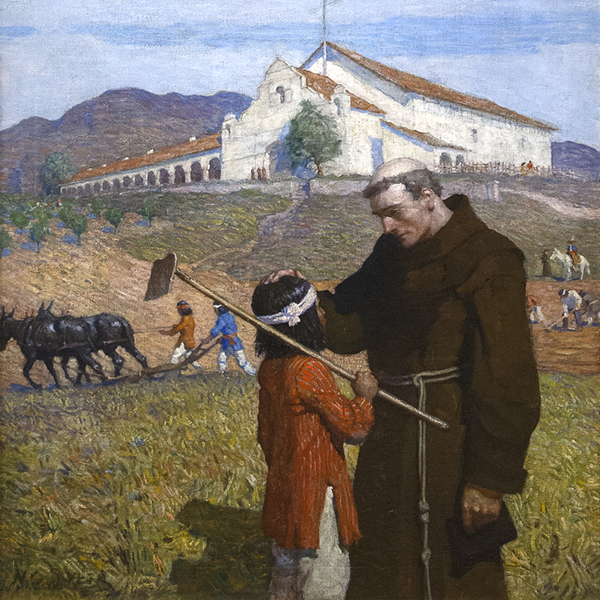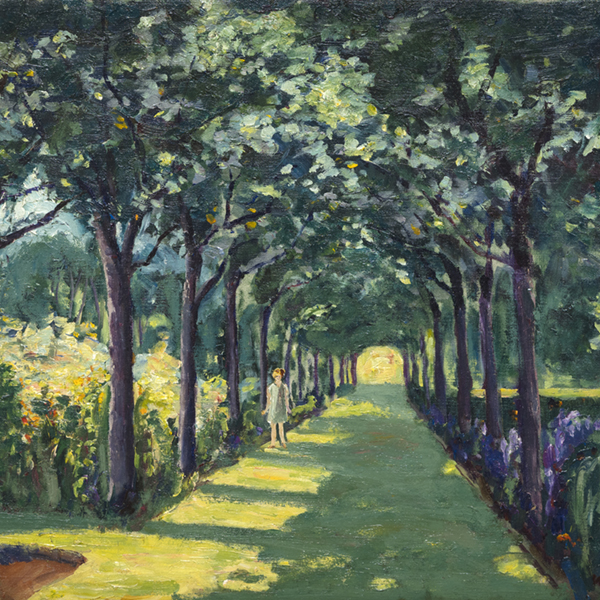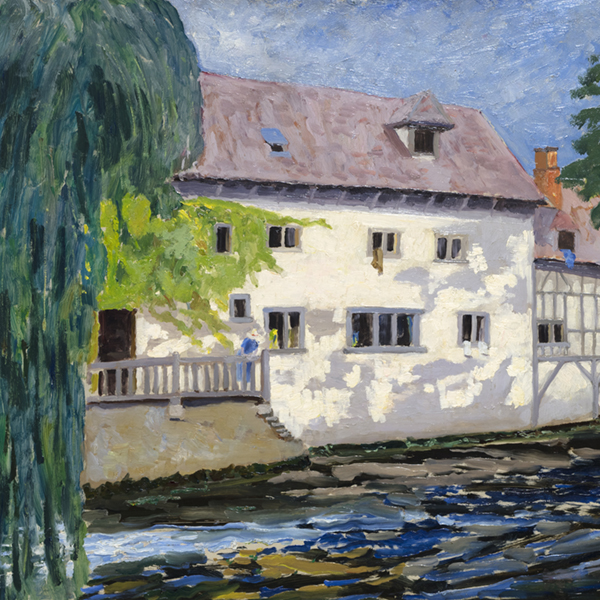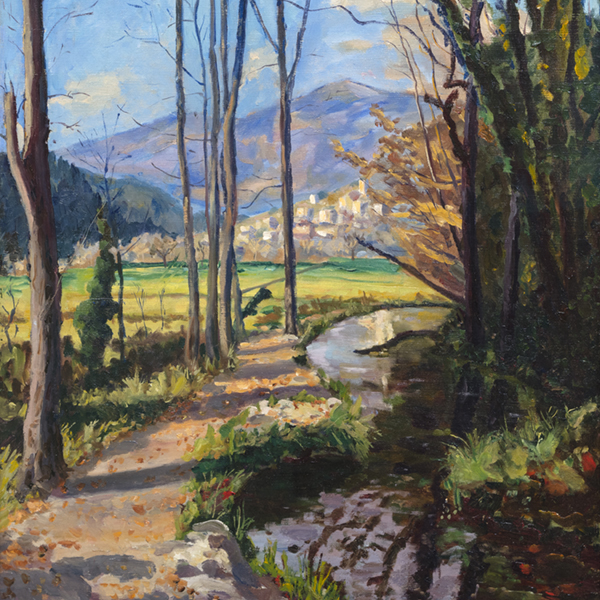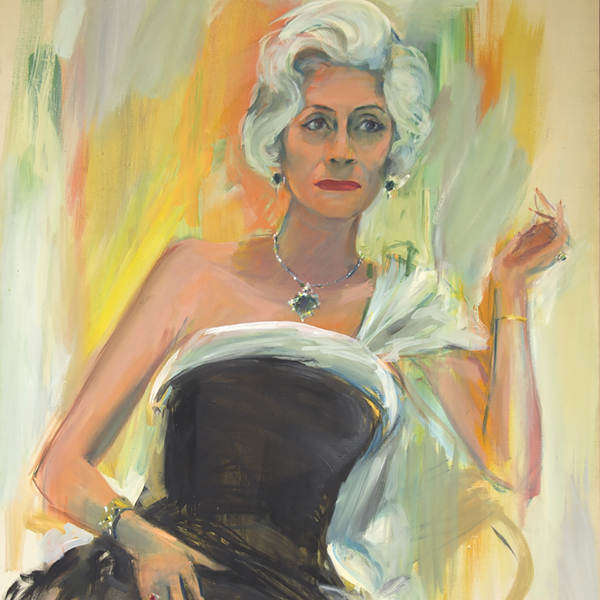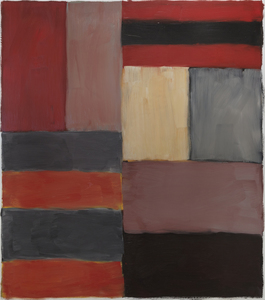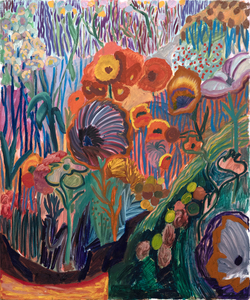Please contact the gallery for more information.
Current Exhibitions

History
Sérgio de Camargo’s monochromatic reliefs explore the relationship between mass and void using simple geometric shapes such as cylinders and prisms to create intricate compositions. Similar to Enrio Castellani’s Superfici Bianca and Günther Uecker’s iconic nail reliefs, the intricate cut cylinder reliefs are the cornerstone of de Camargo’s artistic vocabulary creating ripples of light and shadow across the surface of the construction, vibrating and metamorphosizing constantly with the movement of both light and the viewer. As a result, a construct such as Relief No. 194 of 1968 is as much as anything a work of art that must be experienced in the spirit of Op artists such as Jesús Rafael Soto so that the viewer and his surroundings dictate the perception of a sculptural surface that appears to fade and dissolve. The dense, compacted matrix of the relief’s material surface suggests the earth, the organic, the vegetable, the crystalline. But as experienced, it provides the means of manifesting its opposite: the immaterial, light, air, and a mysterious unity.
Born in Rio de Janeiro in 1930, de Camargo studied under Lucio Fontana and was deeply influenced by the Argentine master’s revelatory conceptions of spatial illuminism. Equally profound influences came to him at the Sorbonne in Paris studying philosophy with Gaston Bachelard and meeting Jean Arp and Constantin Brâcusi, artists who invigorated old geometries with the lyricism of organic form. His work is often associated with the Neo-Concrete movement that emerged in Brazil in the late 1950s and early 1960s. This movement was characterized by a rejection of traditional artistic mediums and materials in favor of non-traditional materials such as found objects and industrial materials. Neo-Concrete artists also prioritized viewer participation and sought to engage the viewer in the creative process. Yet, rather than prioritizing viewer participation or political agendas, de Camargo diverged from his Brazilian contemporaries by focusing on the expressive nature of light and shadow with a tenacity verily unmatched in art history.

Top Results at Auction

"Untitled (Relief No. 21/52)" (1964) sold for $2,165,000.

Untitled (Relief No. 195) (1968) sold for $1,602,000.

"Relief" (1964) sold for $1,594,500.

"Untitled (Relief No. 19/46)" (1964) sold for $1,572,500.

"Hommage à Fontana" (1967) sold for $1,538,500.
Sérgio de Camargo in Museum Collections
The Tate, London
Museum of Modern Art, New York
Kröller-Müller Museum, The Netherlands
The Museum of Fine Arts, Houston
Dallas Museum of Art
Buffalo AKG Art Museum
Los Angeles County Museum of Art
Kröller-Müller Museum, The Netherlands
Authentication
“There is no doubt about the correspondence of the artwork in question with the artist’s production for that period.” – Gustavo Raul Perino



